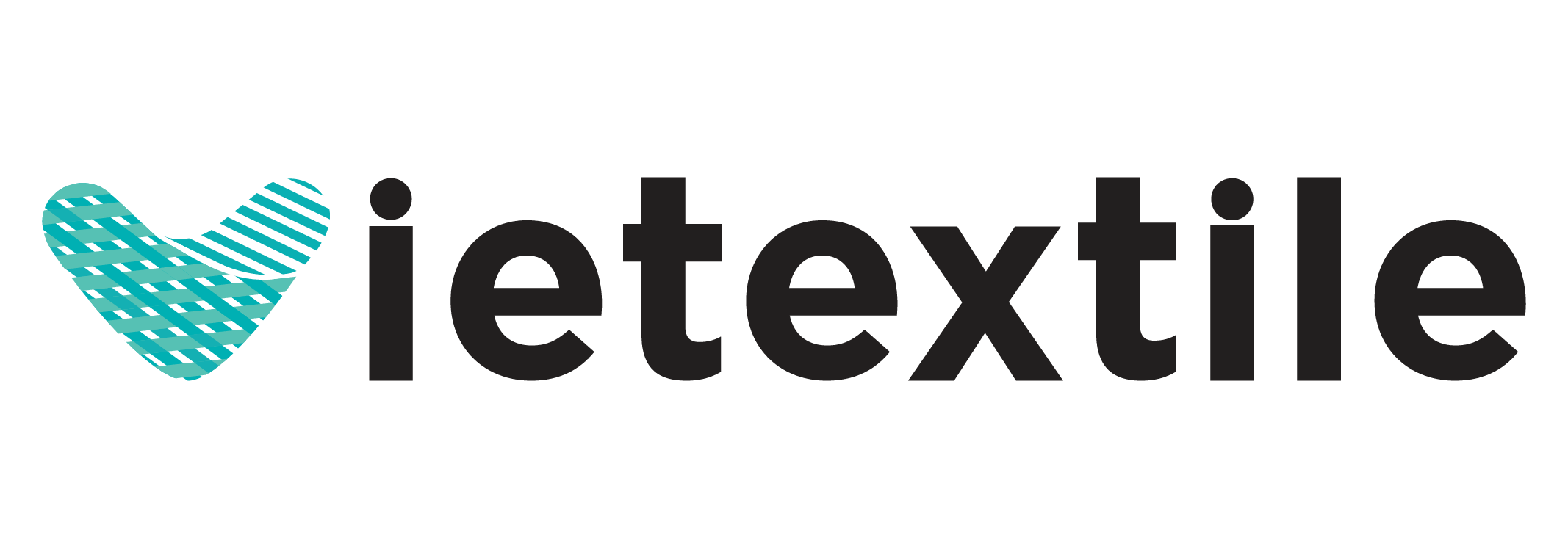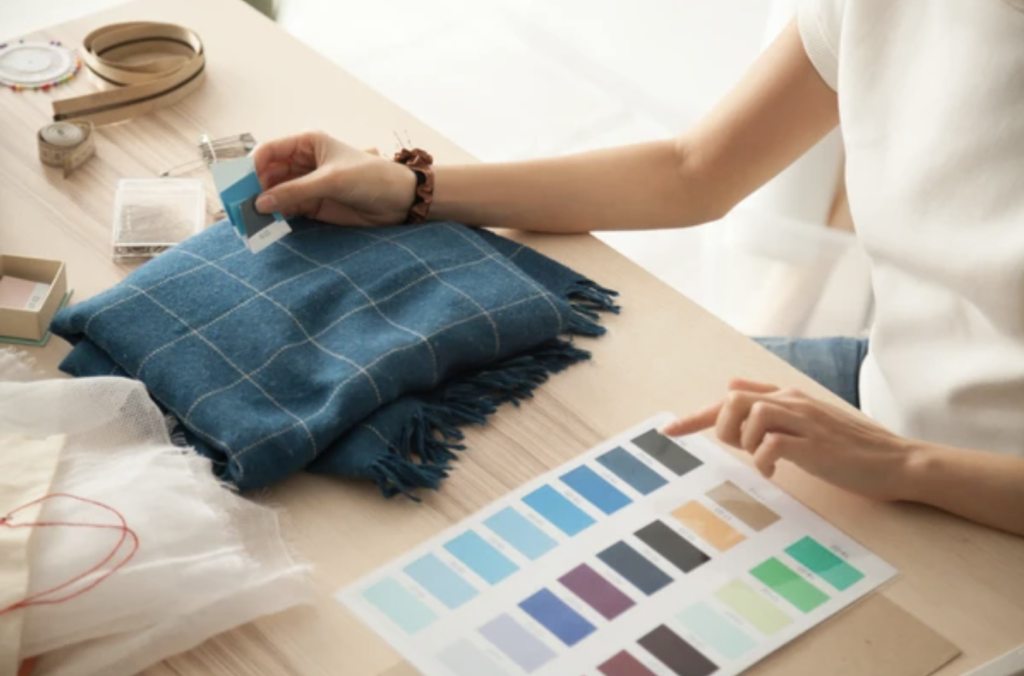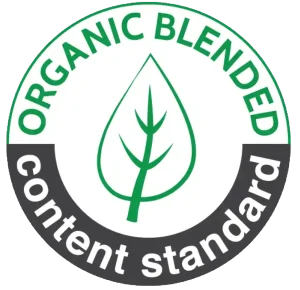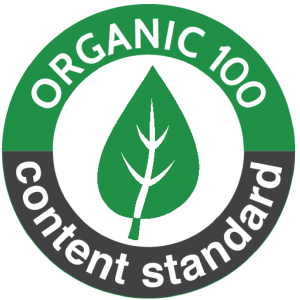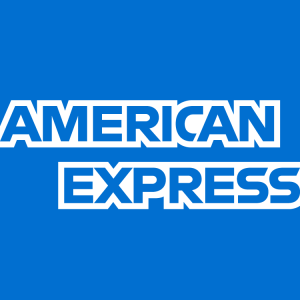In the global fashion and textile industry, color is not just an aesthetic element but also a language that conveys messages and brand identity. To ensure consistency and accuracy in color across every product, Pantone standard fabric dyeing has become an indispensable benchmark. This is not merely a common dyeing technique but also a testament to a business’s professionalism and commitment to quality.
This article will explain in detail what Pantone standard fabric dyeing is, and analyze its immense importance for the success and reputation of businesses in today’s textile industry.
1. What is Pantone Standard Fabric Dyeing?
Nội dung tóm tắt
Toggle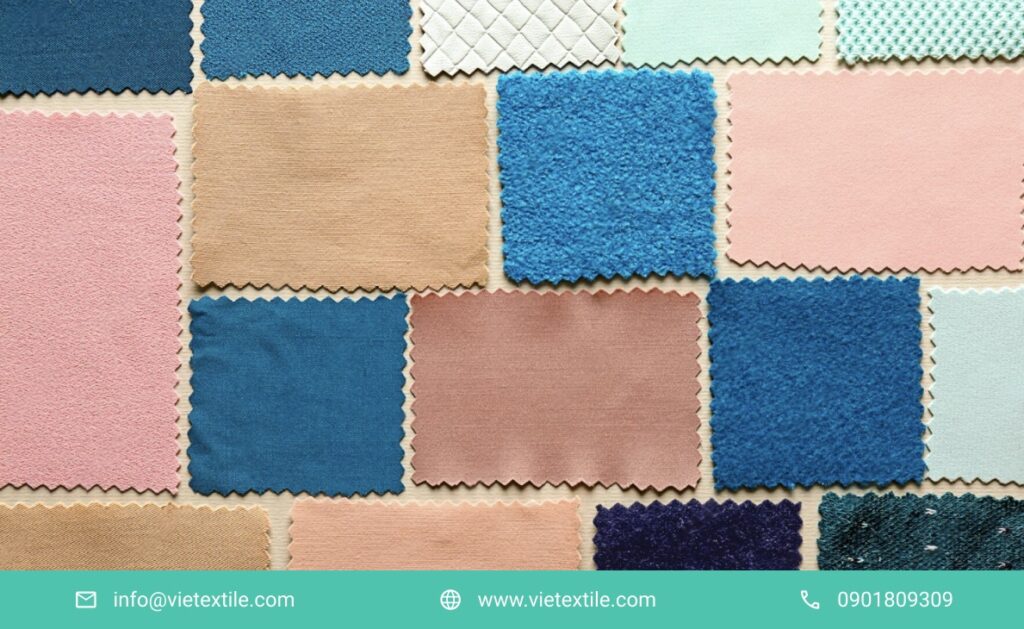
Pantone standard fabric dyeing is the process of applying colors to textile materials based on the international Pantone Matching System (PMS). Pantone is a standardized system with thousands of unique color codes, each corresponding to a specific and unique shade. When a color is specified by a Pantone code, it ensures that the color will be precisely reproduced anywhere in the world, regardless of who is performing the dyeing.
This system provides physical color standards (e.g., color swatches on paper, fabric) and digital technical formulas, giving manufacturers who use Pantone standard fabric dyeing an absolutely precise reference. This requires color matching skills, advanced dyeing technology, and strict quality control processes to ensure the dyed fabric color perfectly matches the required Pantone code.
2. The Importance of Pantone Standard Fabric Dyeing for Businesses
Adhering to Pantone standard fabric dyeing brings undeniable strategic benefits to textile businesses:
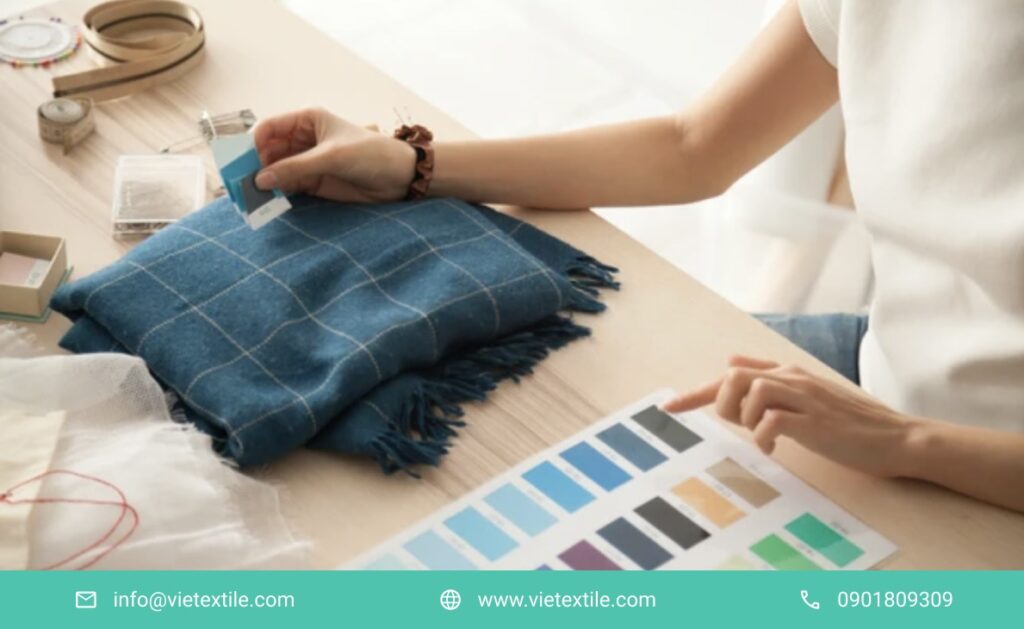
2.1 Ensures Color Consistency
Color is one of the first elements consumers recognize in a product. Especially in fashion collections or multi-component products, uniform color is a paramount requirement. Pantone standard fabric dyeing ensures that even if products are manufactured in different batches, or even at different partner factories globally, the color maintains perfect uniformity.
This consistency is fundamental for a brand to maintain its identity and professional image in the eyes of customers. If product colors deviate, even slightly, it can lead to consumer disappointment, complaints, and returns, causing significant waste. Therefore, the Pantone standard fabric dyeing process plays a crucial role in minimizing this risk, protecting the business’s reputation and operational efficiency.
2.2 Enhances Product Quality and Brand Reputation
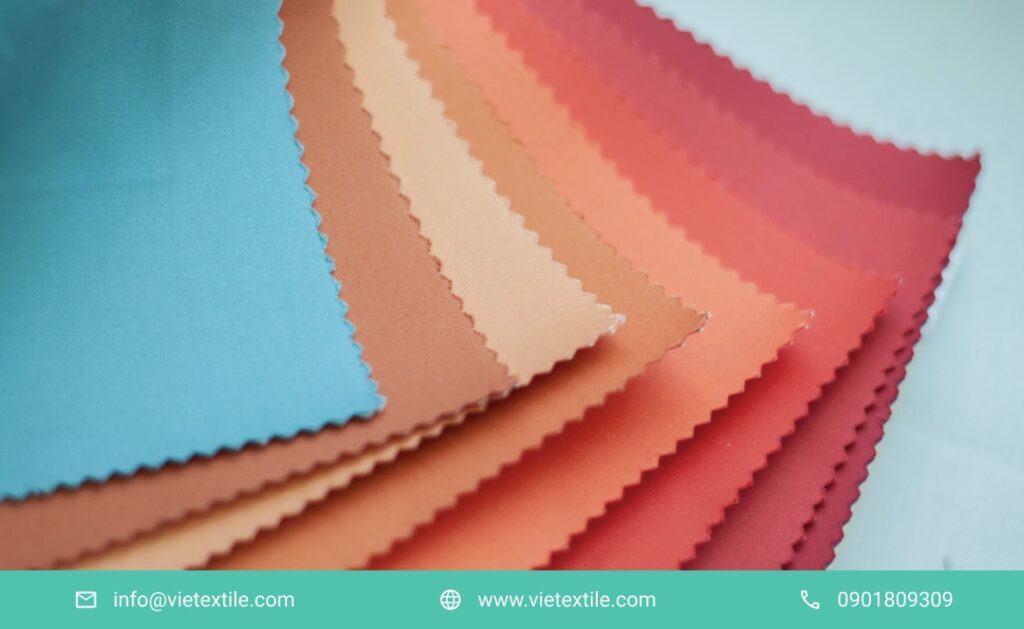
The ability to accurately perform Pantone standard fabric dyeing is not only a technical requirement but also a testament to a business’s superior production capability. When a product is dyed to the exact color desired by the designer and customer, it demonstrates meticulousness, care, and professionalism in every stage. This directly enhances the aesthetic value of the product.
Furthermore, the ability to meet international color standards through Pantone standard fabric dyeing will strengthen the trust of partners and customers in the overall product quality. A reputable brand, always ensuring accurate colors, will easily build sustainable relationships with major supply chains and attract more high-value orders in the market, asserting its position.
2.3 Optimizes Production Processes and Reduces Waste
The precision in Pantone standard fabric dyeing right from the color formula development stage (lab dip) significantly minimizes risks in mass production. When the color is standardized from the outset, businesses will less often need to perform re-dyeing processes or complex color adjustments after dyeing. This not only saves significant time but also reduces excessive use of chemicals, dyes, and energy.
When the Pantone standard fabric dyeing process is optimized, the overall productivity of the factory will increase, operating costs will decrease, and notably, the amount of fabric discarded due to color errors will be reduced. This directly contributes to increasing profit and economic efficiency for the business, making the investment in Pantone standard dyeing technology a strategic business decision.
2.4 Meets International Market Standards
The Pantone system is a globally recognized and widely used color language in the fashion and textile industry. Many large international brands, retailers, and renowned designers require their suppliers to have the capability for Pantone standard fabric dyeing. Therefore, mastering this dyeing technique is an important “passport.”
The ability to accurately meet Pantone color codes not only helps businesses easily participate in global supply chains but also expands opportunities to access demanding markets such as Europe, the US, and Japan. It demonstrates professionalism, adaptability, and integration into the international production system, providing a significant competitive advantage for businesses offering Pantone standard fabric dyeing services.
2.5 Enhances Communication and Design Efficiency
The Pantone system provides a common color language, making color communication among stakeholders in the supply chain (from designers, material suppliers, manufacturers to marketing and sales departments) much clearer and more efficient. With the ability to perform Pantone standard fabric dyeing, designers can confidently create with a rich color palette without worrying about color deviations when the product goes into actual production.
This not only shortens the product development cycle but also minimizes unnecessary misunderstandings during exchanges. Furthermore, ensuring consistent and accurate product colors according to Pantone allows a brand’s communication and marketing campaigns to be stronger and more persuasive. Products with accurate colors will attract target customers more effectively, creating impressive collections and brand images through precise and professional coloring.
3. Process to Achieve Pantone Standard Fabric Dyeing
To implement Pantone standard fabric dyeing, a strict and scientific process is necessary:
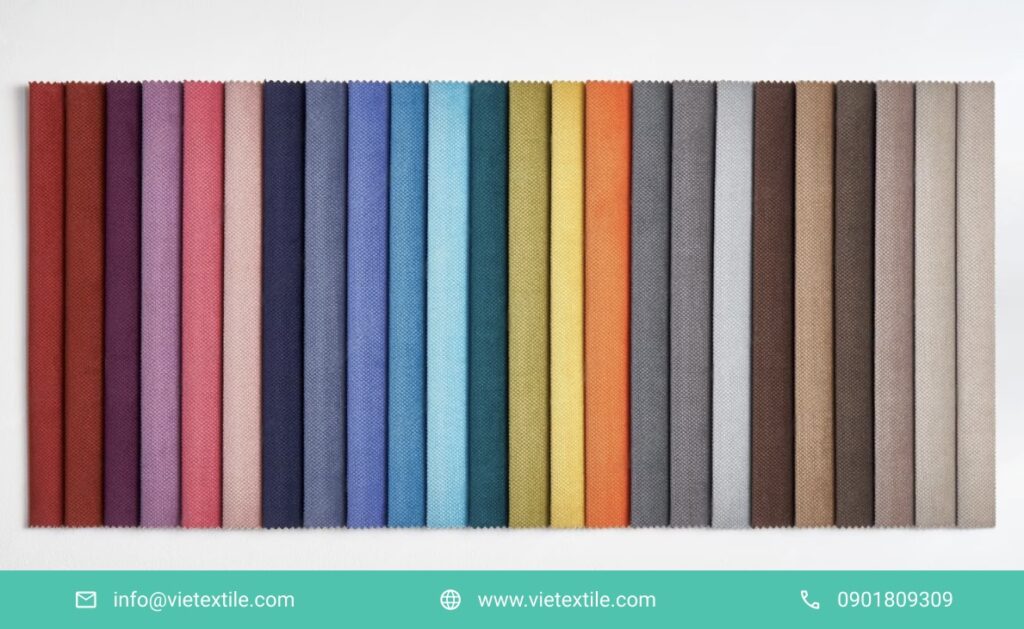
3.1 Accurate Pantone Code Selection
The first step is to obtain the precise Pantone code from the designer or customer. Clear communication and the use of Pantone reference tools are prerequisites to begin the Pantone standard fabric dyeing process.
3.2 Color Formula Development (Lab Dip)
Lab technicians will use a spectrophotometer to analyze the standard Pantone sample and develop a precise dyeing formula. Multiple small test dyeings (lab dips) will be performed and adjusted until a perfect color match with the original Pantone sample is achieved. This is the most crucial stage determining the success of Pantone standard fabric dyeing.
3.3 Mass Production with Strict Control
Once the lab dip formula is approved, it will be scaled up for mass production. The entire dyeing process, from temperature, time, chemical concentration to solution circulation, is strictly controlled by an automated system. Continuous monitoring and timely adjustments are necessary to ensure uniform color across the entire fabric lot during Pantone standard fabric dyeing.
3.4 Final Color Check and Approval
The dyed fabric will be re-checked against the standard Pantone sample under various light sources (e.g., D65 – simulated daylight) in a color control room. Customers will usually have a final color approval step before the product is delivered, ensuring Pantone standard fabric dyeing has been performed according to the initial requirements.
4. VieTextile: Your Partner for Pantone Standard Fabric Dyeing
VieTextile prides itself on being a reliable partner in the field of Pantone standard fabric dyeing. With modern technology, advanced machinery systems, and a team of experienced engineers and color matching specialists, we are committed to delivering fabric products with precise colors and superior quality, meeting the most stringent customer requirements.
We understand that Pantone standard fabric dyeing is not just about technique, but also about building trust and consistency for your brand. Let VieTextile help you perfectly realize your color ideas.
5. Frequently Asked Questions (FAQs)
To help our valued customers better understand Pantone standard fabric dyeing, here are some frequently asked questions:
Q: Is Pantone standard fabric dyeing more expensive than conventional dyeing? A: The cost for Pantone standard fabric dyeing might be slightly higher than conventional dyeing due to the higher precision requirements, more complex color formulation process, and the use of specialized equipment. However, this investment is often offset by reduced errors, waste, and enhanced brand value.
Q: Does Pantone standard fabric dyeing take longer to execute? A: The color formula development (lab dip) and initial color verification stages for Pantone standard fabric dyeing might take additional time to ensure accuracy. However, once the formula is standardized, mass production will proceed efficiently, and overall, it will save time by minimizing re-dyeing.
Q: How is the accuracy of Pantone dyed colors verified? A: Pantone dyed colors are verified by comparing the dyed fabric sample with the standard Pantone sample under standard light sources (such as D65 – simulated daylight) using a spectrophotometer and by the naked eye of color specialists, ensuring accuracy in Pantone standard fabric dyeing.
Q: How does VieTextile ensure Pantone color matching? A: VieTextile uses a modern color laboratory, an automated color weighing system, and a team of experienced technicians to develop precise color formulas. Every batch of Pantone standard fabric dyed products undergoes a rigorous quality control process before shipment to ensure absolute color matching.
6. References & Contact
- Polyester Fabric Dyeing: Standard, Colorfast & Economical Secrets
- Fabric Dyeing Chemicals: Guide to Selection by Fabric Type
- Who is behind Pantone in selecting the color of the year?
For in-depth consultation on Pantone standard fabric dyeing or to find the perfect color solution for your products, contact VieTextile today!
Contact Information:
- Hotline: 0901 809 309
- Email: info@vietextile.com
- Website: https://vietextile.com
